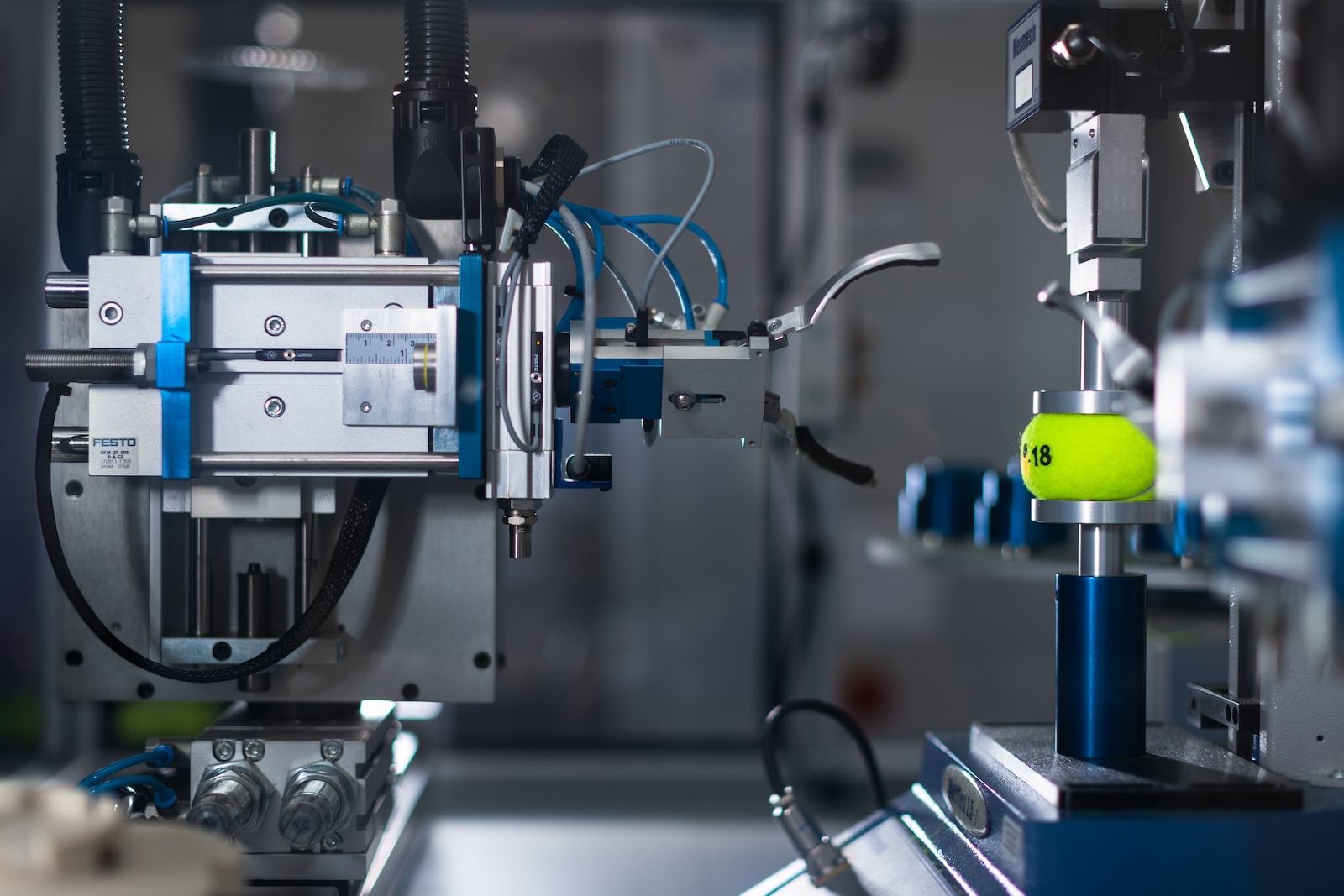This article was authored by Lori Hufford the vice president of Engineering Collaboration, Bentley Systems
AEC (architectural, engineering, and construction) firms and the infrastructure sector are at an inflection point. With the unprecedented demand to address aging infrastructure and new infrastructure investments to drive social and economic benefits worldwide, combined with a growing shortage of talent and skilled labor, AEC firms across the infrastructure lifecycle must do more with less.
New technology is a natural place to turn for increases in efficiency and effectiveness—digital transformation promises the ability to work better, faster, with fewer resources, and with better outcomes. According to AEC Advisors, the global AEC market size for all software (not just digital initiatives) was $7 billion in 2020 and is projected to reach $16 billion by 2028, growing at a CAGR (compound annual growth rate) of 10.7%. This spending surge likely means that AEC firms and the sector are augmenting older technologies and file-based systems with data-centric, digital, and model-based technologies.
Infrastructure digital twins and immersive metaverse experiences have the potential to unlock huge value and efficiencies across the entire infrastructure lifecycle. Combining design and engineering models, reality capture imagery, IoT (Internet of Things) sensor data, and other sources of information into dynamic, realtime, 3D immersive infrastructure digital twins will fundamentally improve how infrastructure projects move from concept to design, into construction, and through operations.
Data-centric workflows will advance how AEC firms and asset owners collaborate across the project and infrastructure lifecycle, accelerate how these groups make decisions, and improve the quality of deliverables and assets. Leading organizations have already started this journey.
However, before speeding down this path, it is important for AEC firms—and the whole sector—to understand that digital transformation in any form is far more than just new technology. Investing in technology alone is likely to fail. For digital transformation, such as digital twins and the metaverse, to truly succeed, firms and organizations need to also address how technology changes will affect the people that use it and the processes that support it.
Introducing these technologies as incremental advancements to existing processes—leveraging the work already being done—can provide tremendous value and ease the adoption curve, while at the same time providing tremendous value. Still, change is hard. And with five distinct generations in the workforce right now—all with different expectations and comfort levels regarding the use of technology—change management is that much harder.
New digital applications and programs require the workforce to learn new things. Thoughtful change enablement is critically important to the success of digital transformation—regardless of the approach or methodology. Change enablement needs to focus on why this is important to the people and what processes will change. So, how can AEC firms and organizations achieve this?
First, organizations need to ensure that people understand why change is good for them and the company. Organizations often underestimate the impact new digital technologies—such as digital twins, the metaverse, and AI (artificial intelligence)—can have on the way employees do their job. Employees have shared values, beliefs, and norms.
Many are comfortable with their role and the way that they do their jobs, making them resistant to change. Change enablement is a critical piece to removing obstacles and driving adoption. To ensure success, firms and organizations should articulate the benefits of the new technologies or applications being implemented and why they are important to employee and firmwide success. If people understand why this change is a good thing, they will be more likely to accept and even embrace it.
Second, organizations must clearly communicate what is changing. Employees’ next question will likely be, “how will this change affect my job?” With new technology, applications, or techniques in hand, it is time to transform and improve business processes. Business process re-engineering can range from a light to heavy touch, depending on the outcomes.
One technique that leading organizations are taking is identifying a forward-thinking team to implement the new technology on a project and contribute to documentation and evangelization to other teams within the organization. Real-world successes add credibility and make change more comfortable. Setting goals can help organizations define and communicate what they are trying to achieve. Equally important is also communicating what will not change and how legacy processes will benefit from the proposed changes.
Finally, organizations need to support new technology and tool implementations with the necessary training, communications planning, and resources. They also need to monitor the results, listen to feedback from their employees, and refine their approaches along the way.
For AEC firms and organizations to effectively address the sector’s current set of challenges, digital transformation is imperative, not an option. The transformative power of infrastructure digital twins and the metaverse is quickly approaching and within our grasp. However, without acknowledging the critical role people and processes play and the need for thoughtful change enablement, the business, operational, and market value these technologies promise will be hard to fully realize. Infrastructure firms are encouraged to incorporate change management when moving to digital delivery to ensure timely adoption, thus maximizing the impact of their investment in the technology.


















